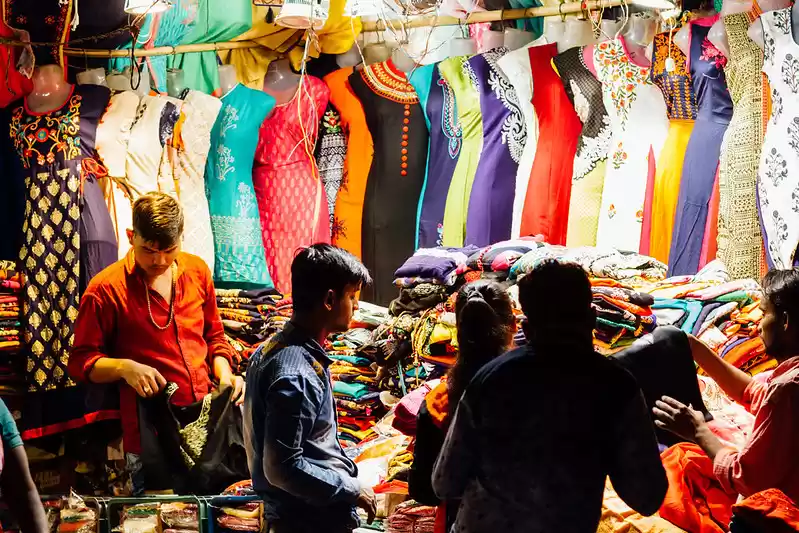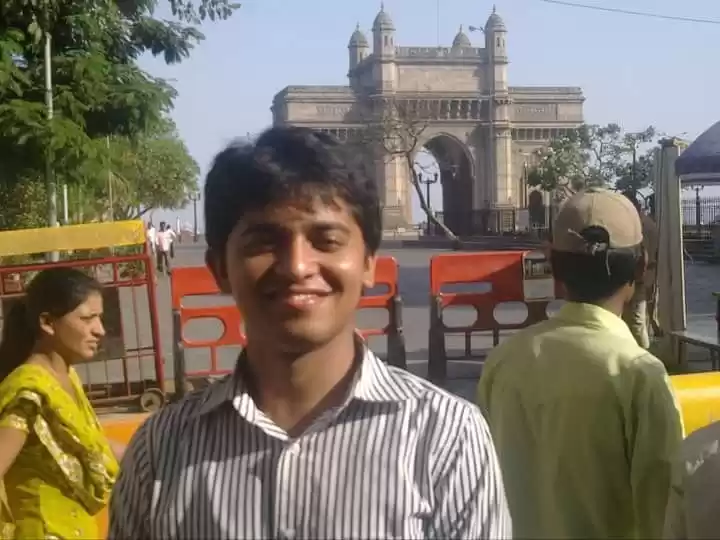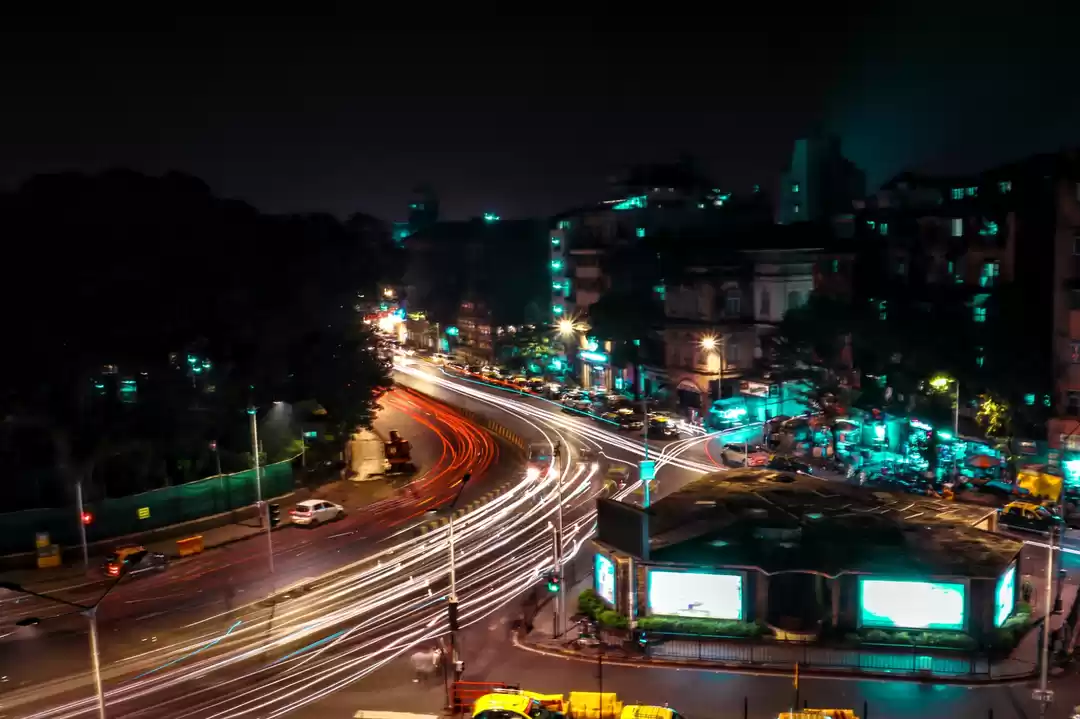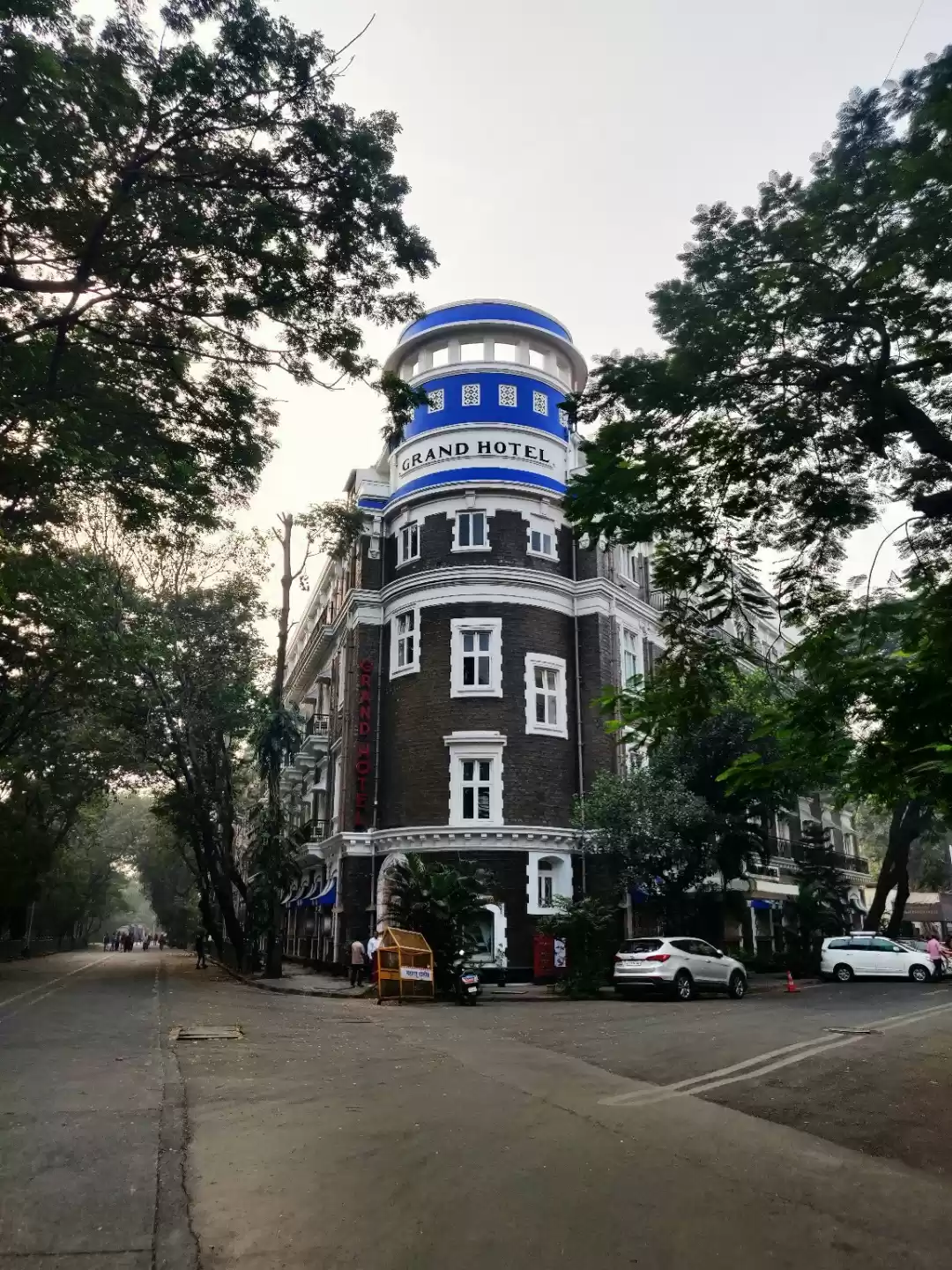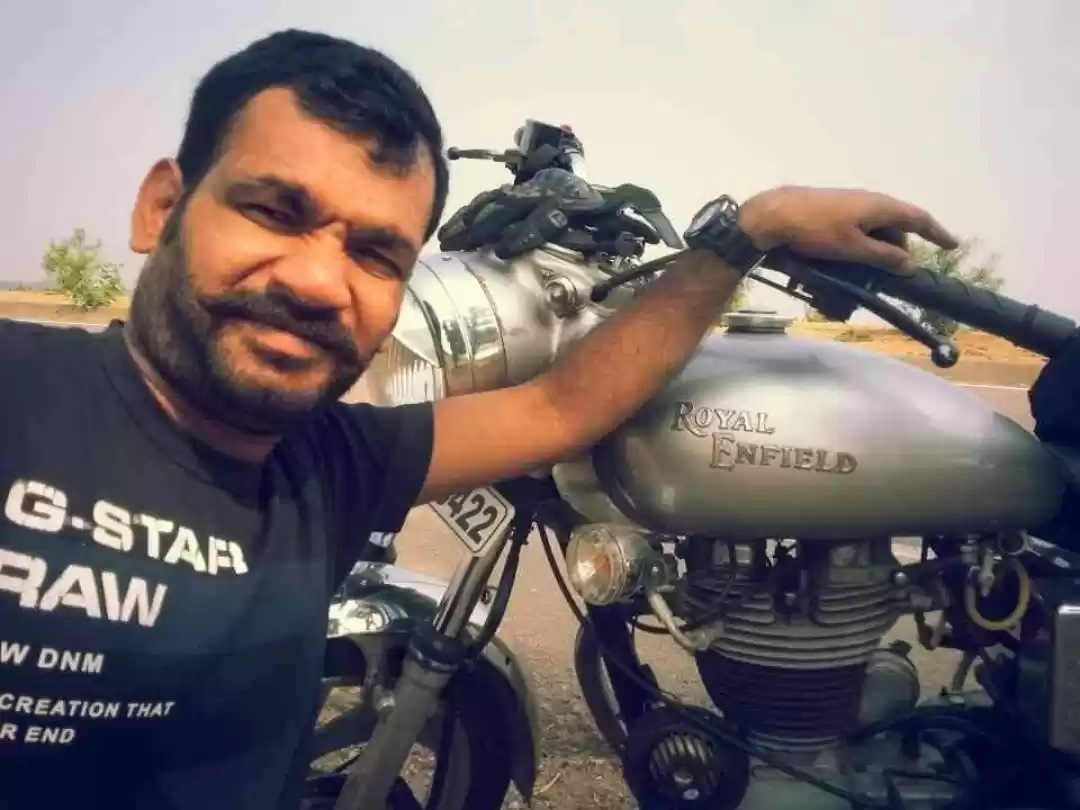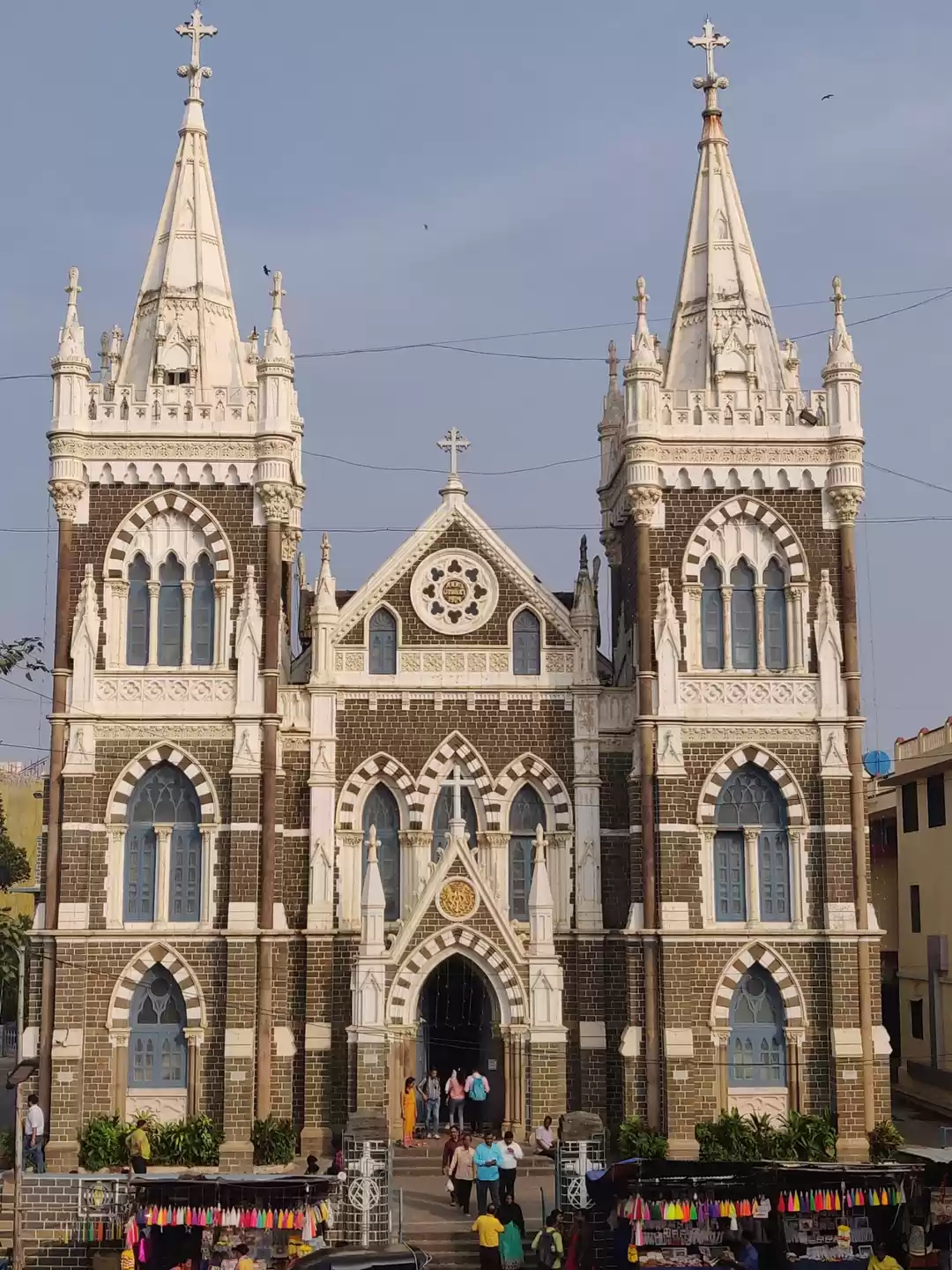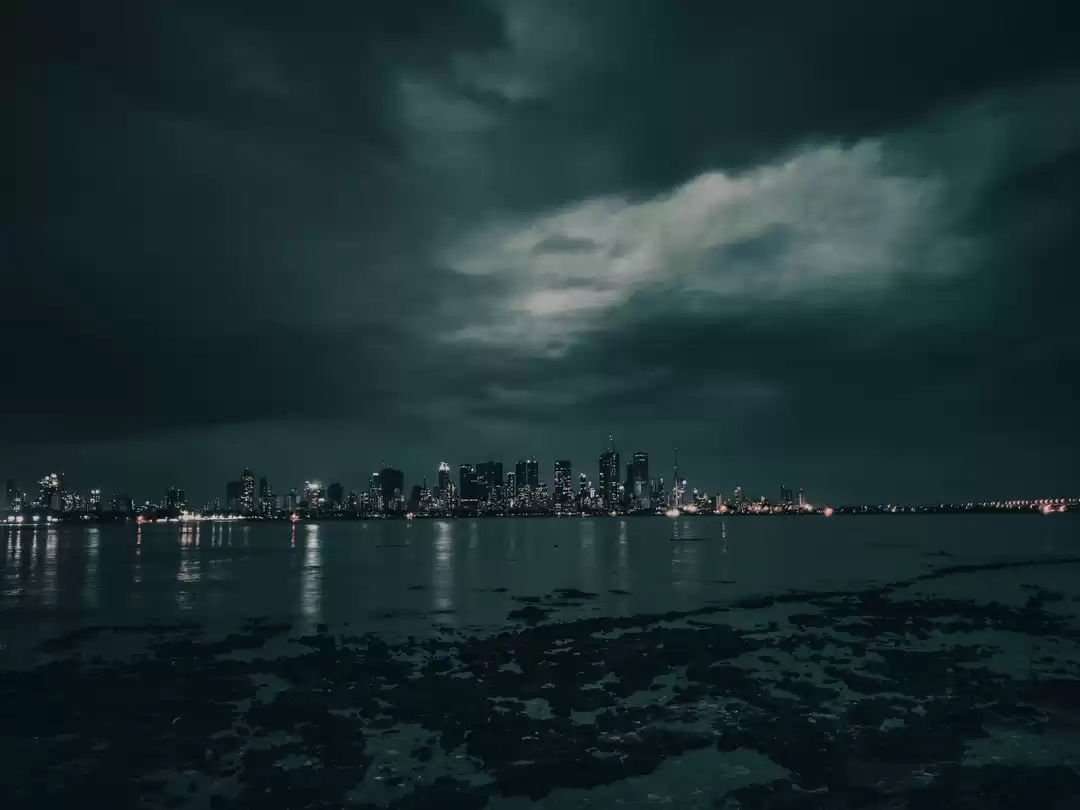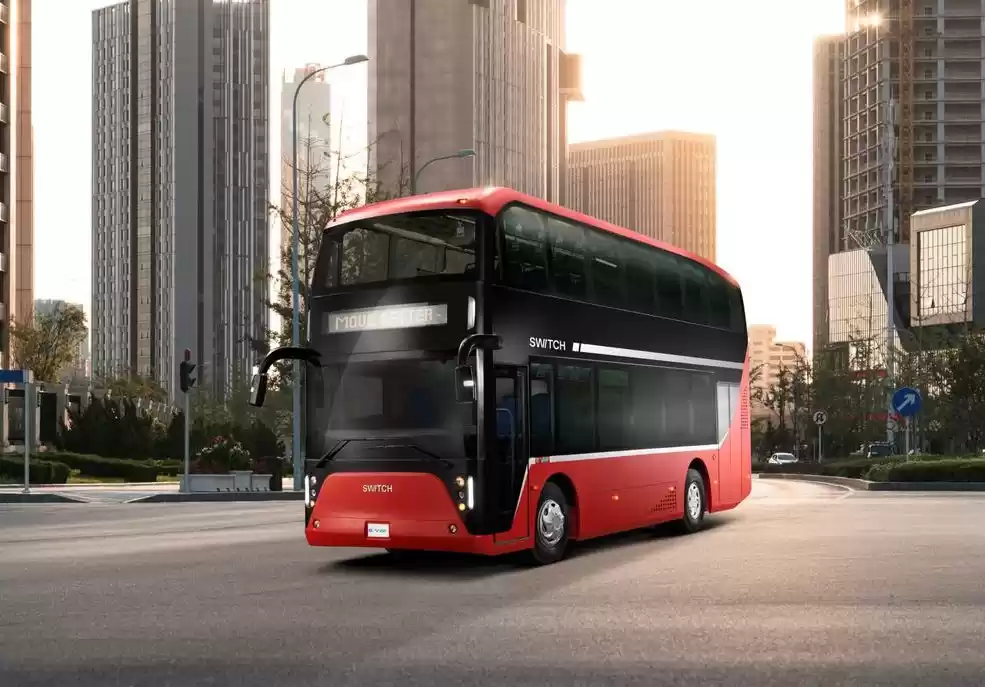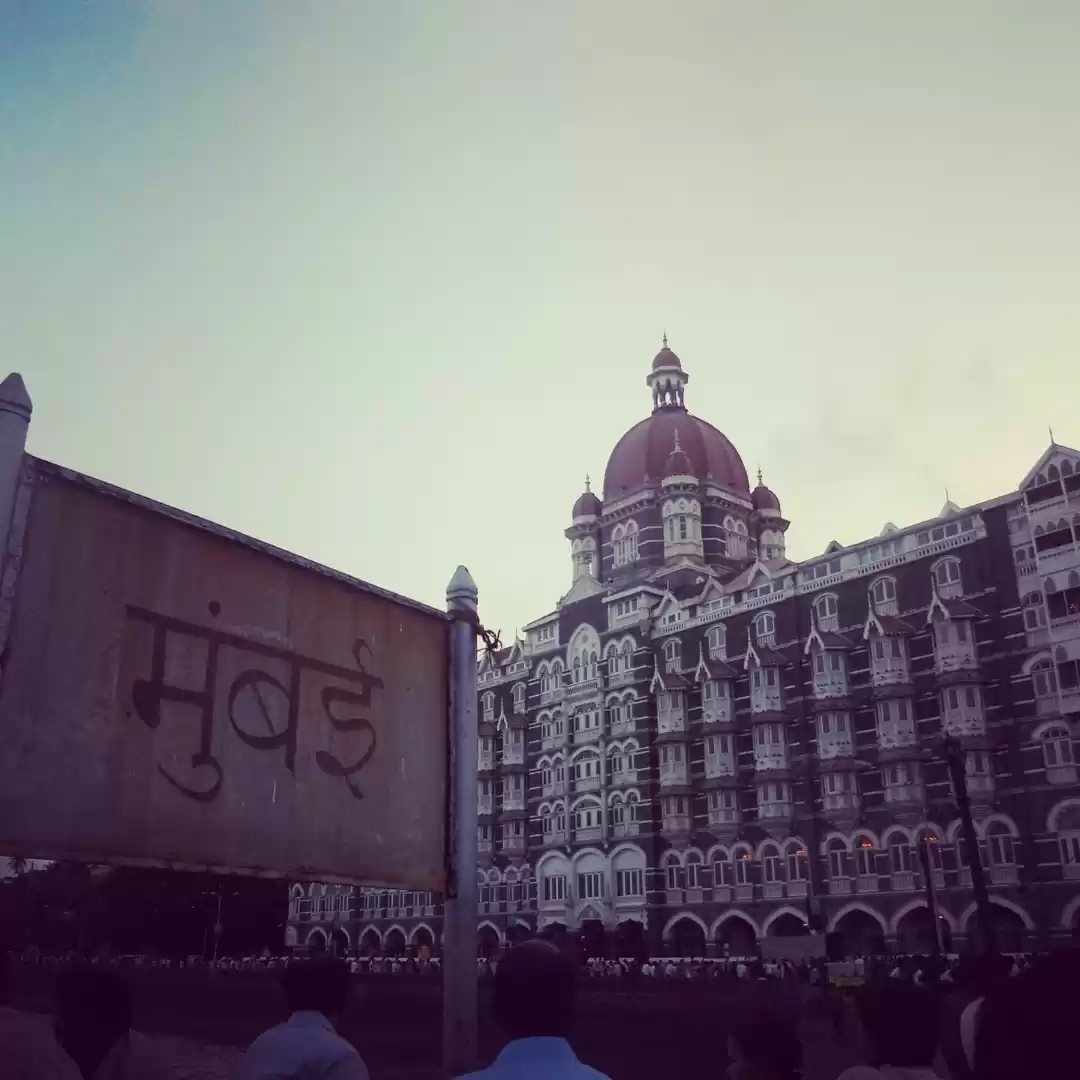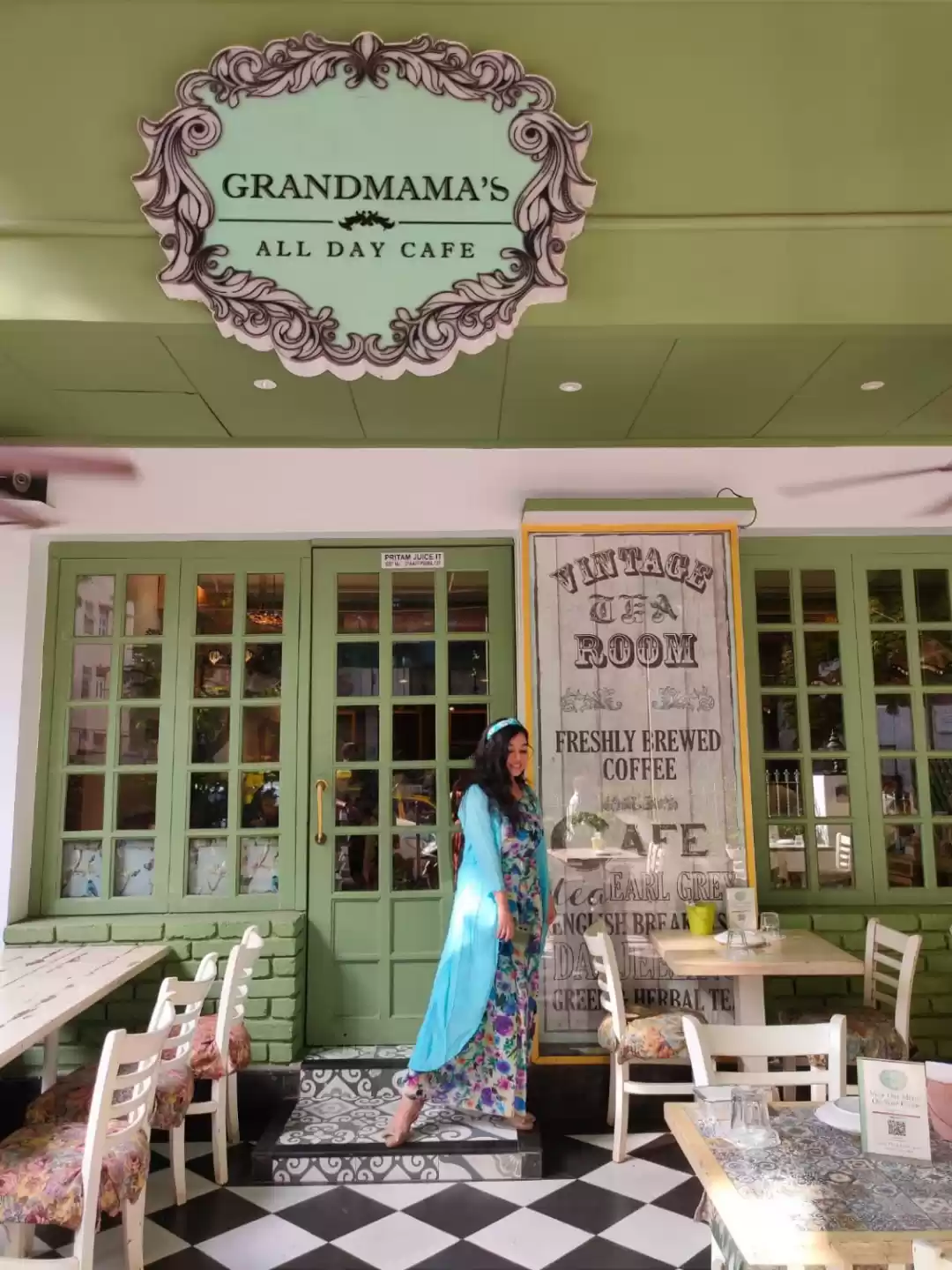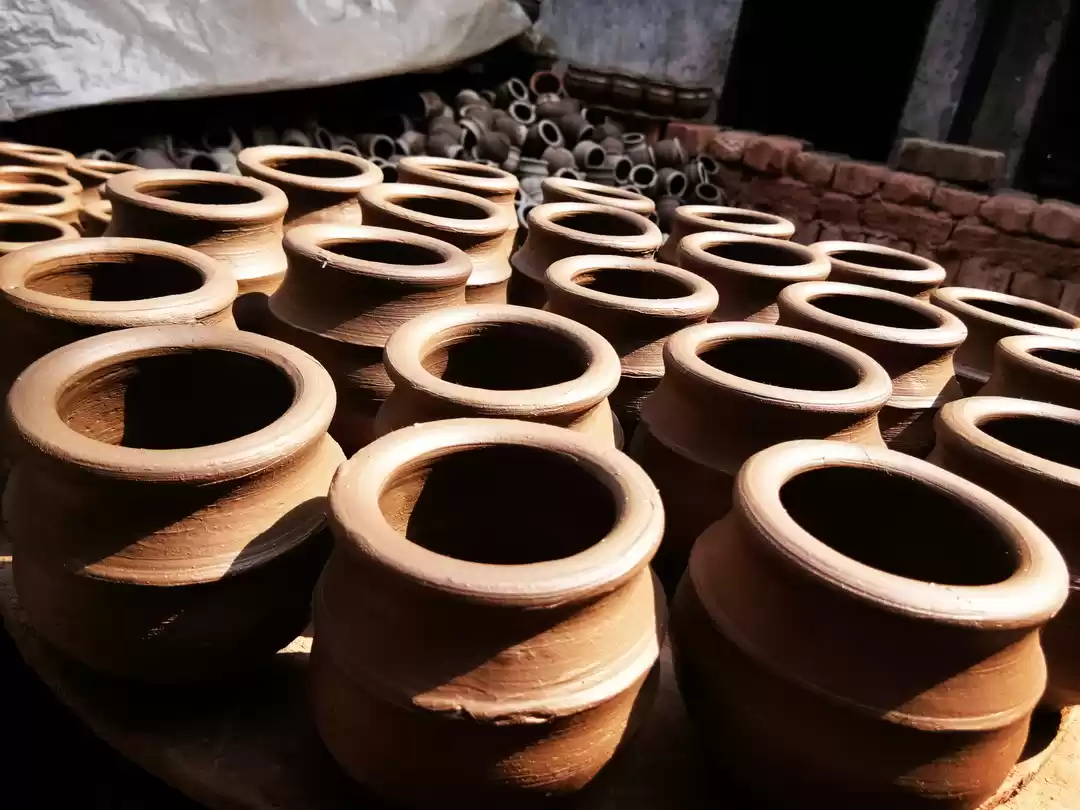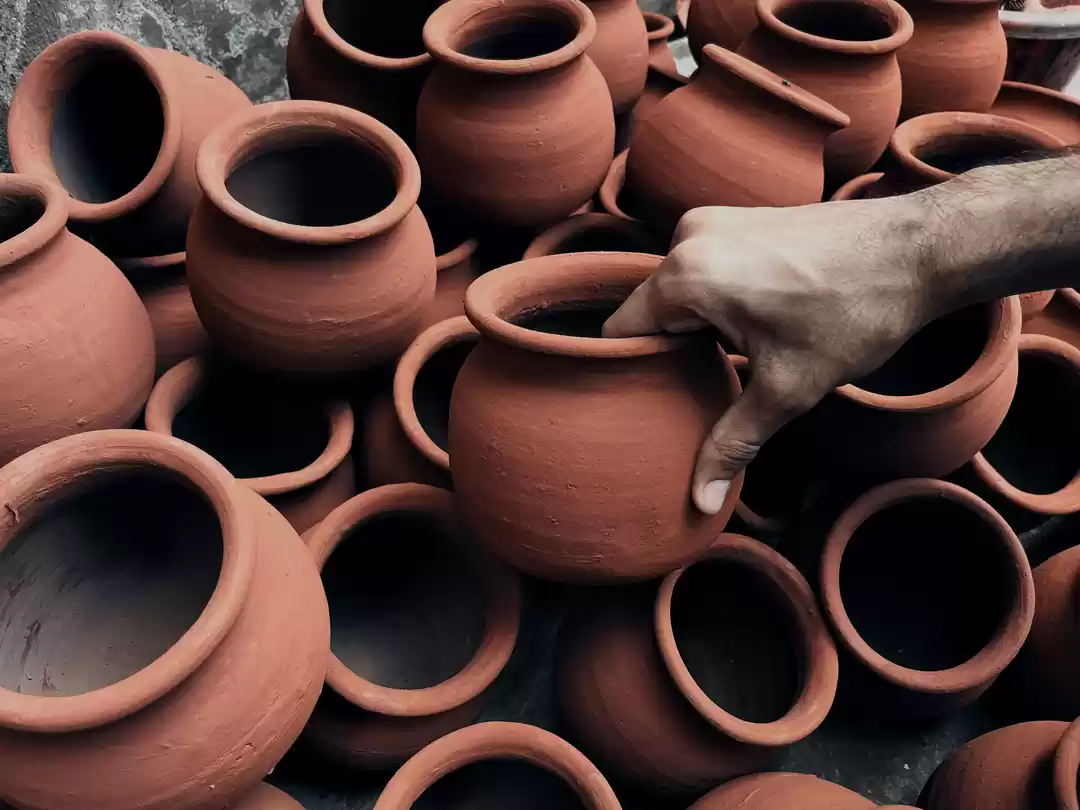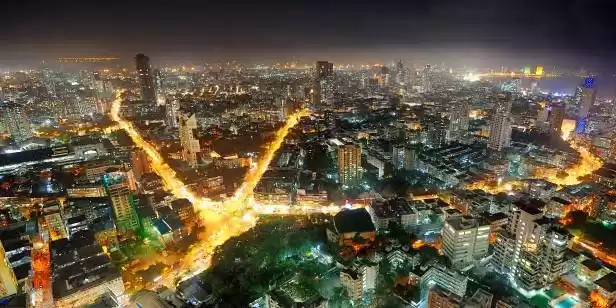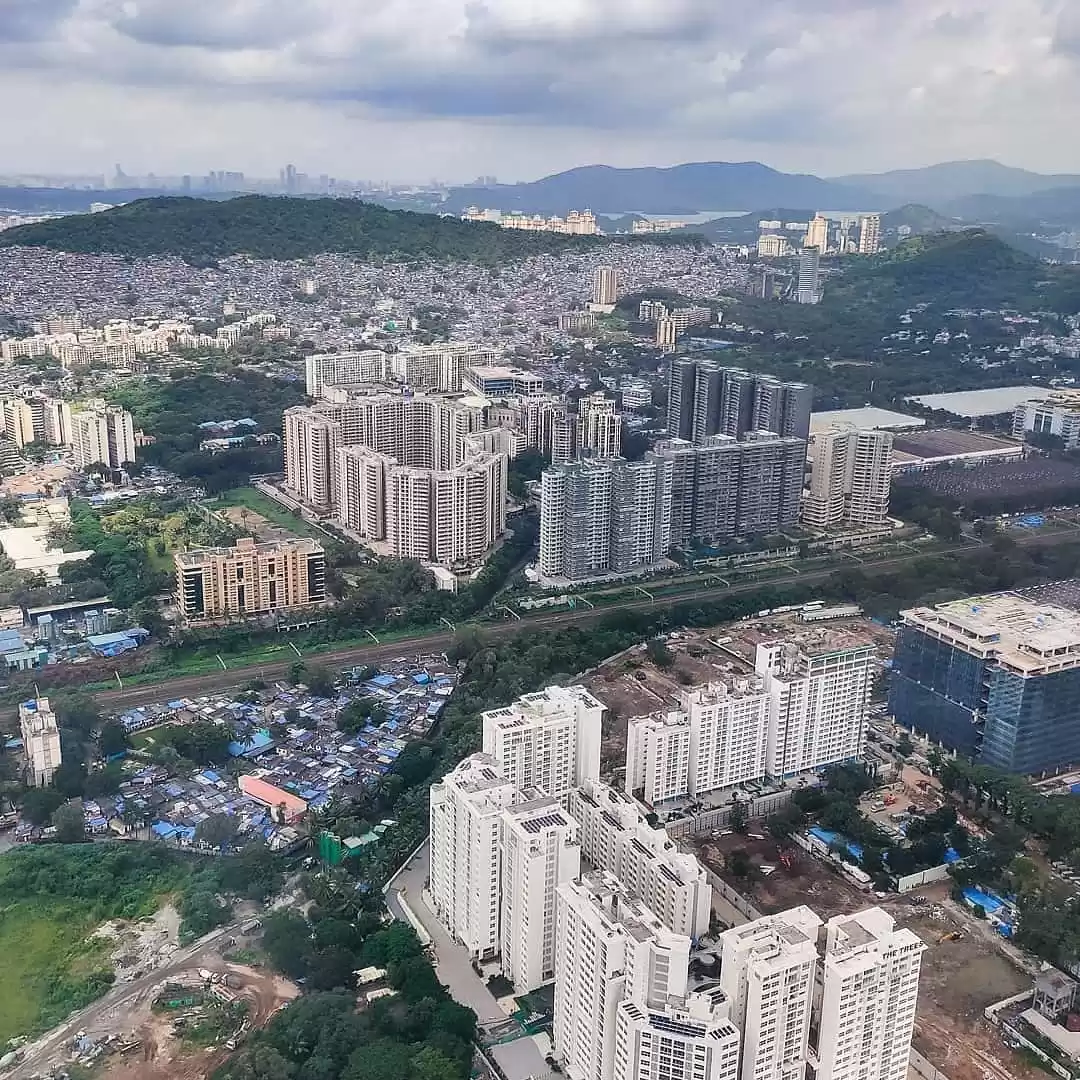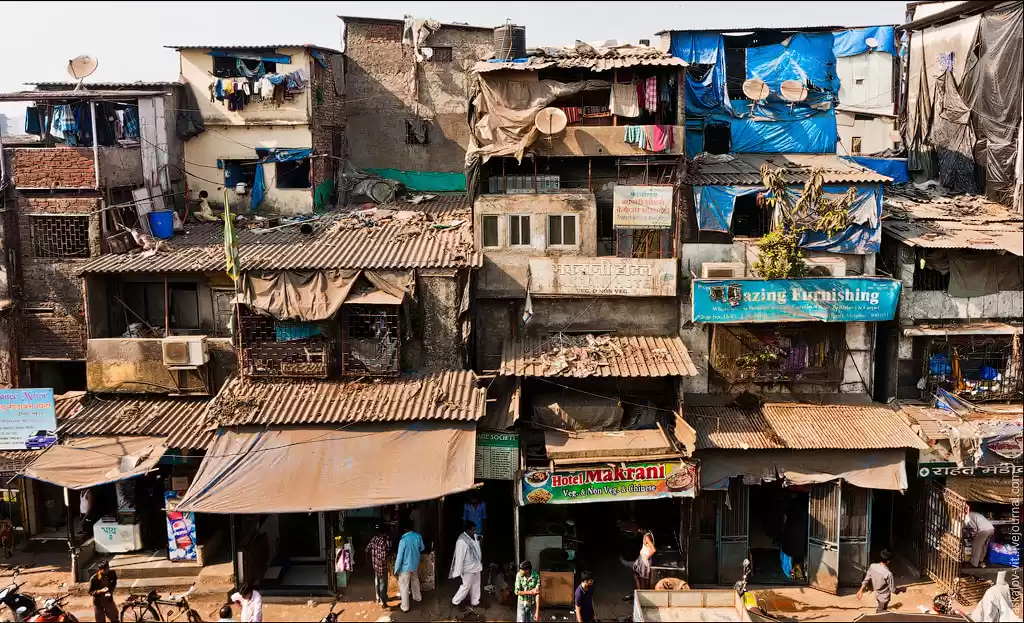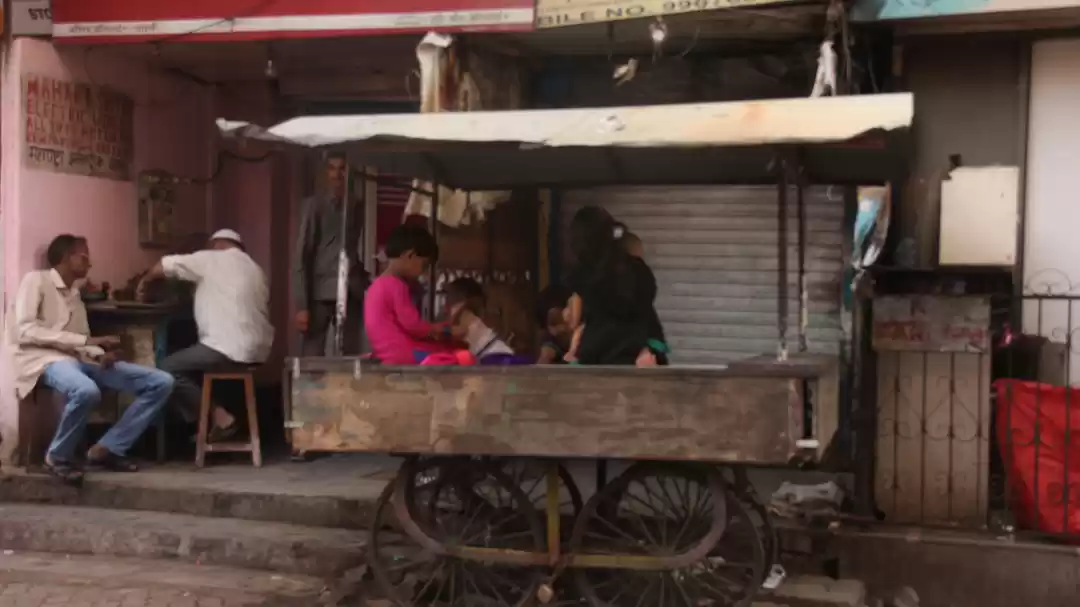#TripotoTakeMeToBrahmatal
This blog post is about the beauty and magnificence of something that most people do not care to give a second thought. The Dharavi Slum in Mumbai.

“Where are you going? Dharavi? Be careful, the place is not safe.”
“Why would anyone want to go see a Slum?”
“Aren’t you going to get some kind of infectious diseases if you go there?”
These are common things people told me when I appraised them of the fact that one of the activities that I would be doing whilst in Mumbai was the Dharavi (name of the slum) Tour. While other people would prefer a Mumbai City Tour or the Mumbai Bus Tour or even an air condition Day Tour of Mumbai, this was my choice.
a. The place is safe, people live there. Not savages.
b. People go to see the Slum to get a better understanding of the people there as well as how they lead their lives in so called “marginalized” conditions. We realize that is not the case only after you set into the heart of the place.
c. Well, maybe. But it is not like we would be toiling around the place or living there for a few days. It is just a couple of hours of passing through so it is not so bad.
I had booked my tour with Slumgods, a Mumbai based travel company and Dance Movement. I will do a separate section about them in my upcoming podcast series.
“Hello, my name is Dinesh and I will be your guide for today’s tour. I was born and brought up in the Slums and know the workings of the slum well. I’ve been doing this from the last 3 years and have taken around many celebrities including Courtney Love and others who’s names I cannot pronounce.”

I stared at the guy for a few seconds before I snapped out.
“Where did you learn your English!?”, said one of the fellow tourists.
The reinvention of the slum’s image had begun.
What is Dharavi?
Asia’s largest slum, placed bang in the middle of India’s financial capital of Mumbai. With an area of about 0.5 hectares and teaming with more than a million people, it offers cheap accommodation and real-estate for the burgeoning migrant population of the city. Rents being 1/5th of what they are at any other place around and excellent connectivity to the various local train stations that act as Mumbai’s lifeline.

Having arrived early at our destination, the Cafe Coffee Day near the Mahim West Railway Station I went for a stroll, wondering where our “tour” would begin.
I thoroughly enjoyed the vintage vibes that oozed out of every inch of the place around, including the restaurant. When asked what’s good, the owner told me nonchalantly. Everything! :)
He later clarified, having apprehensions about different people and their food preferences did not want to unintentionally offend or suggest the wrong dish, he took the safe route with, “everything on the menu is good.” I got out of there after a sumptious Veg. Palao — a mixture of rice, vegetables and indian spices served with yogurt, tomato and onions.
It was time for our tour to start.
“Hello, my name is Dinesh and I will be your guide for today’s tour. I was born and brought up in the Slums and know the workings of the slum well. I’ve been doing this from the last 3 years and have taken around many celebrities including Courtney Love and others who’s name I cannot pronounce.”
Near the Mahim station, workers are seen making baskets, bags and other accessories using bamboo.
I started at the guy for a few seconds before I snapped out.
“Where did you learn your English!?”, said one of the fellow tourists.
He guided us to a foot over bridge that opened to the Industrial Area of the slum. The other area of the slum is the Residential Area.

The industrial area has wide roads to enable the movement of vehicles to and from the Slum.
There are primarily 6 businesses that thrive in the slum —
1. Plastic / Paint Can / Aluminum Recycling
2. Textile Manufacturing
3. Baking
4. Poppadom / Papad Manufacture
5. Pottery
6. Leather Processing (Tanning is not allowed at Dharavi)
Only a part of the recycling is done at Dharavi. All plastic waste from Mumbai is crushed, sorted and washed. It is then sent to manufacturing plants across India for use as raw material.
These recycling businesses boast around a 200% Gross Margin. Tell me few other businesses that has this kind of profitability. The main reason that most of these businesses prefer to operate from here is due to the low cost of real-estate and labor. The workers generally stay above the “factories” provided by the business owners and save on rental costs as well.





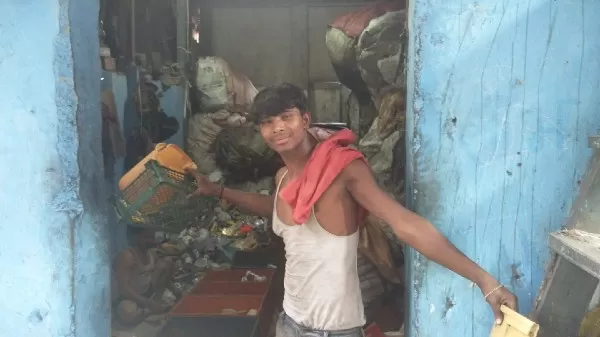


Everyone smiled back and were more than happy to get pictures taken. It really goes to show that we do not need much to be happy. Just be, happy!
From the pictures it is evident that there are no women here. That’s because it is too complicated and bad for business to have to deal with the issues that come with having both the genders at the businesses. The original owners who profit from the business are never on site, all of the activities have been delegated to managers/supervisors to ensure that operations happen as per plan. Again, a fantastic example of delegation, supervision and management. At a slum, who would have thought?
The businesses here boast almost about half a billion dollars, yes around $500M plus in annual revenues. Who ever said that the slum is a poor place has clearly not done enough research about this magnificent place.
The reason I wanted to visit Dharavi instead of doing a regular Mumbai City Tour or a Mumbai Bus Tour was because for me, this is a model for how people of various religions, backgrounds and financial ability can thrive with little infrastructure. Conflict free (for the most part), efficient and profitable.
In most parts of India, people aggregate based on their community or religion. That is not the case in Dharavi which has a thriving population of Hindus, Muslims and Christians all living in close and peaceful proximity. One can find Churches, Temples and Mosques all a stone’s throw away from each other to confirm this fact.
Prime real-estate in the heart of India’s biggest cities. A lot of it. That’s what Dharavi is currently occupying. When one lands in Mumbai, the slum and the airport are pretty much neighbors. This means that there are businessmen who are looking to profit from gaining real-estate at Dharavi. Over the past few years, an upcoming trend has been to move the slum dwellers to high rise apartments with good infrastructure. The people of Dharavi however are apprehensive though making the most of their opportunity to improve their conditions.
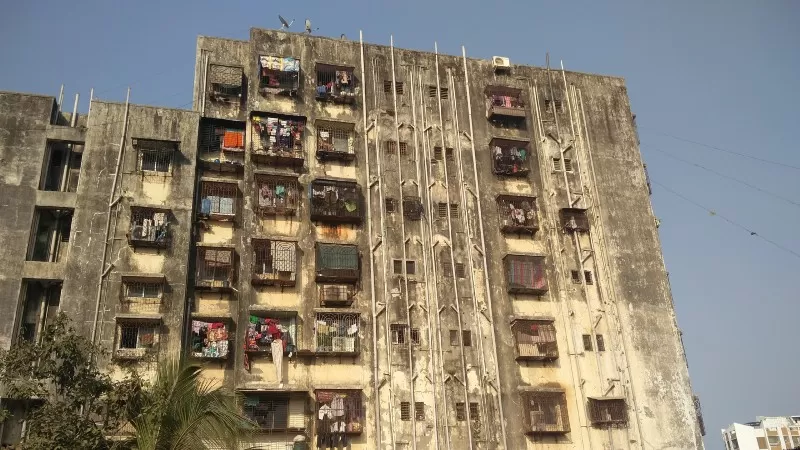
With over 17 private and public schools and 20 playgrounds, it seems like Dharavi has more playgrounds than Mumbai chuckled our tour guide.
The people here have access to 24/7 electricity, water for 3 hours a day, satellite television and high speed internet. Don’t trust me? Me neither, then I switched on my Wi-Fi.
We were stunned to find a number of connections, all of them with a password, mind you.

The people here have access to 24/7 electricity, water for 3 hours a day, satellite television and high speed internet. Don’t trust me? Me neither, then I switched on my Wi-Fi.
We were stunned to find a number of connections, all of them with a password, mind you.
This was amazing!
In the residential area, all one needs to stay is the basic identity documents, same as any other place.
The fruits, vegetables and other groceries available at Dharavi are at wholesale prices as against the more expensive retail prices in the rest of Mumbai.
Preconceived notions?
If you get the opportunity, I urge you to take some time off and dive into the raw heart the powers Mumbai, Dharavi. One cannot exist without the other, the only way to tackle myths are to face them head on, bust them and broaden our horizon.
First published on Medium.
To book your tour, check out www.slumgods.in
Disclaimer:I am in no way associated with Slumgods, only a happy customer. :)


